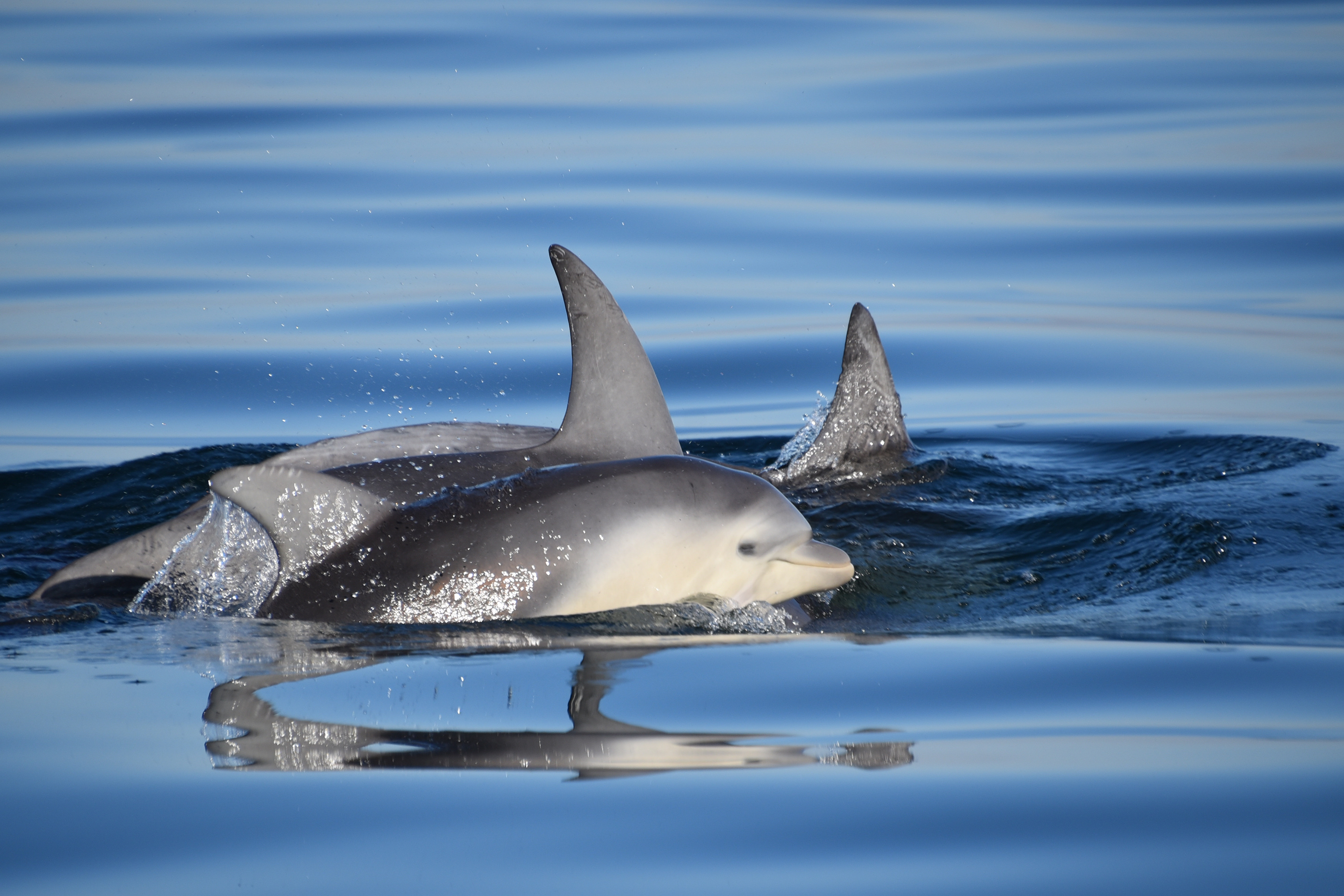Media release
From: The Royal SocietyBurrunan Babble: Acoustic characterisation of the whistles and burst-pulse sounds of a critically endangered dolphin
Royal Society Open Science
Understanding the vocal repertoire of delphinid species is essential for effective long-term studies. In this research, we present the first quantitative analysis of whistle and burst-pulse sound characteristics for the critically endangered Burrunan dolphin (*Tursiops australis*). Acoustic data were collected from the two known resident populations in Port Phillip Bay (PPB) and the Gippsland Lakes (GL), Victoria, Australia, between 2016 and 2023.
Our analysis encompassed 12,973 signals, including 3,401 whistles and 9,572 burst-pulse sounds, drawn from nearly 21 hours of recordings. We classified whistles into six contour classes, with upsweep (41.46%) and convex contours (24.64%) being the most prevalent. The fundamental frequency of whistles varied from 0.49 to 42.50 kHz, with durations ranging from 0.02 to 1.86 s. Burst-pulse sounds were categorized into four classes, with barks (71.74%) being the most common, displaying peak frequencies from 0.09 to 47.81 kHz and durations of 0.01 – 5.29 s. Significant variation in vocalisation characteristics were observed between the two resident Burrunan dolphin populations, with PPB repertoire more restricted than GL.
Variation in whistle repertoire composition between Burrunan and other Tursiops spp. was also found. This study provides crucial insights into the vocal characteristics of the Burrunan dolphin, which will inform conservation efforts.


